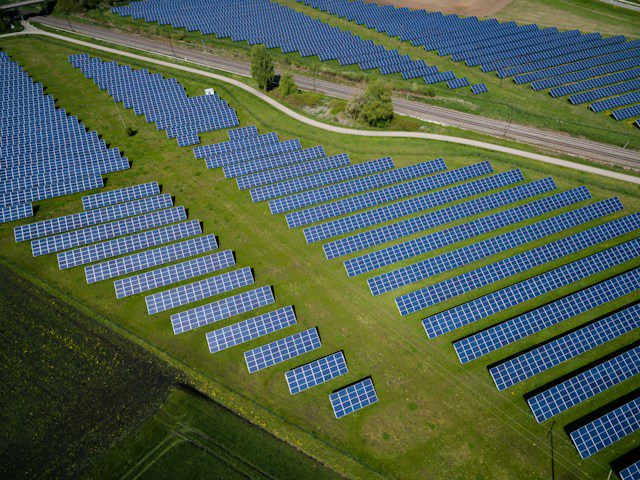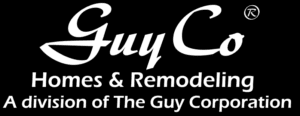In an era where environmental sustainability is at the forefront of global concerns, green building renovation is gaining significant traction. This innovative approach addresses the pressing need for sustainable practices and offers a unique opportunity for economic growth.
Read on as we look into the benefits of green building renovation, exploring its positive impact on the economy and the environment.
The Imperative of Building Renovation in the Circular Economy
The circular economy model prioritizes reducing waste and promoting resource efficiency. Green building renovation aligns perfectly with these principles by repurposing existing structures and minimizing the environmental footprint associated with new construction. This EEA report highlights that sustainable renovation practices contribute significantly to achieving circular economy goals by extending the lifespan of buildings and reducing overall resource consumption.
Energy Efficiency: A Cornerstone of Green Renovation
One of the primary goals of green building renovation is to enhance energy efficiency. Upgrading insulation, installing energy-efficient windows, and incorporating smart technologies can drastically reduce a building’s energy consumption. The long-term benefits are twofold: lower utility bills for occupants and substantially decreased greenhouse gas emissions. This dual advantage positions energy-efficient renovations as a key strategy in the fight against climate change.
Economic Stimulus through Green Jobs
Investing in green building renovation benefits the environment and stimulates economic growth. The process requires a skilled workforce, creating a demand for construction, engineering, and renewable energy jobs. Governments and businesses can contribute to job creation and skill development by fostering a green economy. This approach aligns with global initiatives to transition towards a more sustainable and equitable workforce.
Financial Incentives for Sustainable Renovation
Governments worldwide recognize the importance of incentivizing sustainable practices, including green building renovation. Various financial incentives, such as tax credits, subsidies, and low-interest loans, are being offered to encourage property owners to undertake environmentally friendly renovations. These incentives make the initial investment more appealing and contribute to the affordability of sustainable building practices.
Improved Indoor Environmental Quality
Green building renovation goes beyond energy efficiency; it also focuses on enhancing the indoor environmental quality of buildings. By using eco-friendly materials and incorporating natural ventilation systems, renovated spaces can promote better air quality and occupant well-being. This shift towards healthier living environments aligns with the growing awareness of the built environment’s impact on human health.
Preserving Architectural Heritage
Renovating existing structures allows for the preservation of architectural heritage. Rather than demolishing historic buildings, green renovation strategies aim to retain and restore the unique features that contribute to a community’s identity. This approach safeguards cultural heritage and promotes a sense of continuity and sustainability in urban development.
Community Impact: Building a Sustainable Future Together
Green building renovation extends its positive impact beyond individual structures, influencing entire communities. By embracing eco-friendly construction practices, communities can reduce their collective environmental footprint. Additionally, green renovations can catalyze local economic development, creating job opportunities and supporting businesses specializing in sustainable construction practices.
Ready to transform your space sustainably? Get in touch with The Guy Corporation team for expert guidance and innovative solutions in green building renovation. Contact us to partner and build an economically vibrant and environmentally responsible future.


